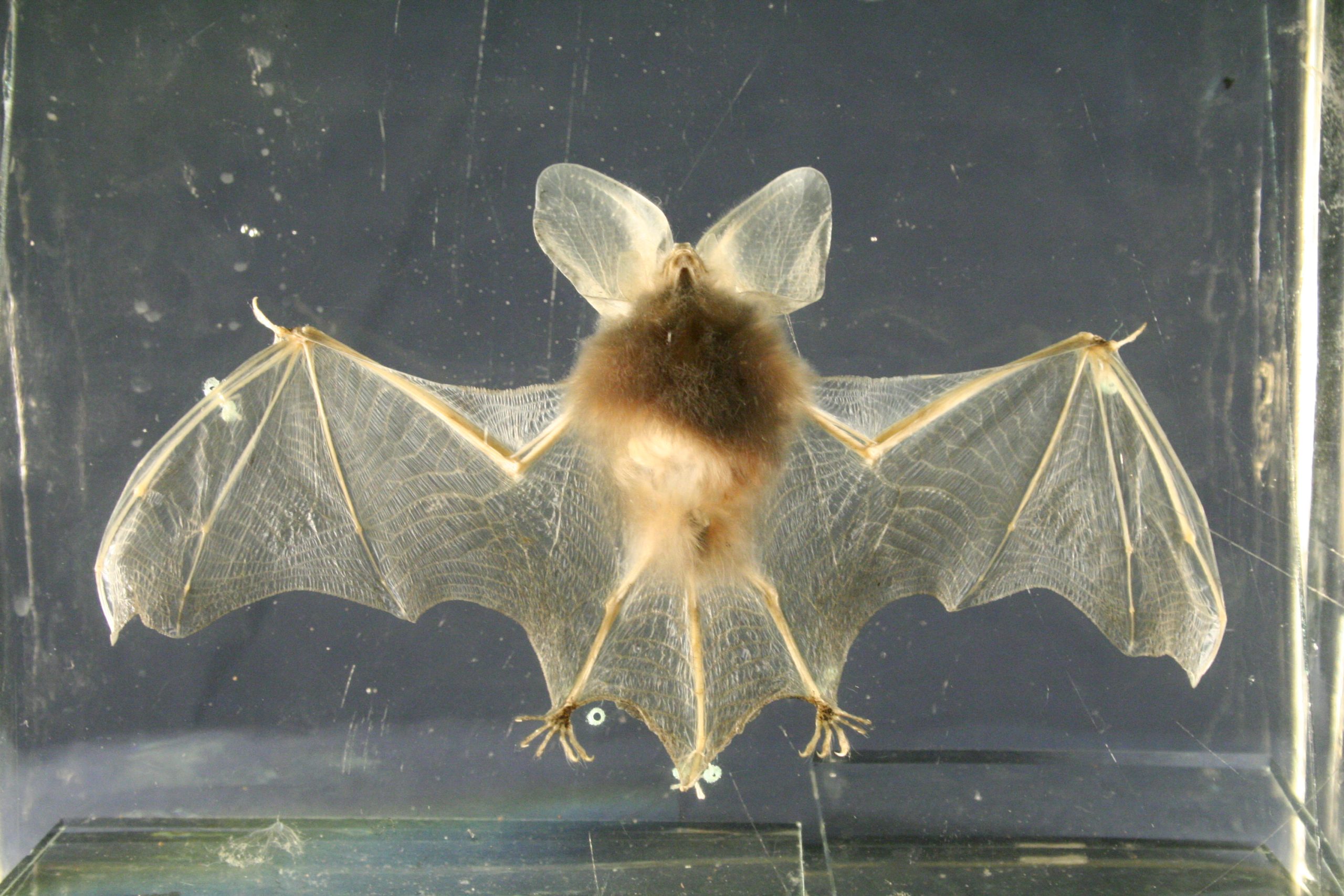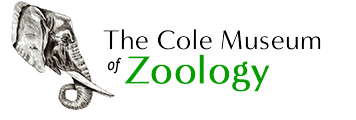
Case 10: Laurasiatheria
Laurasiatheria is one of the richest and most diverse of the mammalian superorders, originating on the northern supercontinent of Laurasia almost 100 million years ago. Members of this group vary from a tiny pygmy shrew weighing just 2 grams to the 150 tonne blue whale; the largest animal on the planet. Current classifications recognise six Laurasiatheria orders: Eulipotyphla, Chiroptera, Cetartiodactlya, Perissodactyla, Carnivora and Pholidonta (the last two are explored in Case 9).
Order: Eulipotyphla
Eulipotyphla is a grouping of the Erinaceidae (gymnures, hedgehogs, and moonrats), Solenodontidae (solenodons), Soricidae (shrews), and Talpidae (desmans and moles). Shrews, moles and hedgehogs are small mammals with long narrow pointed snouts. They feed on insects, earthworms, and vegetable matter. Shrews are very small, mostly solitary mammals, that produce distasteful secretions to deter predators. They have a very high metabolic rate which forces them to spend all their time hunting. Moles have long bodies that taper at each end, short legs and broad hands with powerful claws for digging. Their velvety fur lies in any direction allowing them to move backwards as well as forwards in their tunnels. Hedgehogs have sharp spines made from alpha keratin and can roll up into a ball for protection. Solenodon are large shrew-like mammals found only in a couple of Caribbean islands. Like other mammals in the order they have a long flexible snout. Solenodon saliva is toxic and is injected into prey such as insects, snails and even small amphibians.
Order: Chiroptera
Chiropterans are one of the most successful groups of mammals: there are nearly 1,000 species around the world, making up around one quarter of all mammal species. Bats are the only mammals to have achieved powered flight. Their arms are spindly, with membranes stretched between the fingers on each hand. Chiroptera are split into the megachiroptera (fruit bats) and the microchiroptera (insect-eating bats). Microbats use echolocation to locate food, making sounds and listening for the echoes to pinpoint the location of their prey.
Order: Perissodactyla
Perissodactyla comes from the Greek ”perissos”, meaning “odd” and ”dactylos”, meaning finger or toe, referring to the odd number of toes. They are also known as odd-toed ungulates. Perissodactyl limbs either have a single functional weight-bearing toe, or three functional toes together.
Perissodactyl contains three families of animals; Equidae (horses, zebras) have one functional toe; Rhinocerotidae (rhinoceroses) have three digits on all four feet and Tapiridae (tapirs) have three digits on the hind feet, but four digits on the forefeet.
All perissodactyls are hindgut fermenters; that is, they digest plant material in their intestines. This is in contrast to even-toed ungulates such as cows which digest food in the first chamber (rumen) of the stomach. Hindgut fermenters store digested food in a pouch-like extension of the large intestine called the caecum, where the food is digested by bacteria. Hindgut fermenters pass food through the stomach twice as fast as the ruminant foregut fermenters and digestion is less efficient. They have to spend more time eating to get the same calorific input as even-toed ungulates.
Order: Cetartiodactyla
The mammalian order Cetartiodactyla contains many animals domesticated by humans, including pigs, camels, cows and sheep. It was formerly two separate orders; the Cetacea (whales, porpoises and dolphins) and the even-toed ungulate Artiodactyla. Analysis of DNA and physical traits have revealed a close relationship between cetaceans and hippopotamuses, which means that the cetaceans are positioned within the order Artiodactyla. The two names have been combined to produce the order Cetartiodactyla.
The ancestors of cetaceans were similar in appearance to the modern day hippopotamus. They became progressively more aquatic, spending longer and longer in the water until, over millions of years, their walking legs evolved into flippers and the back legs were reduced to a pair of tiny vestigial bones.
Terrestrial cetartiodactyla such as antelopes are adapted for life on open grasslands with long legs and two enlarged toes which form a cloven hoof, the other three toes are either absent or much reduced. Pigs (Suborder Sunia) have an omnivorous diet and have retained canines, incisor teeth and a simple stomach. However most terrestrial cetartiodactyla are herbivores with complex stomachs comprised of three or four chambers to help them digest tough plant material. These animals, which include cattle, sheep, deer, giraffes and antelopes are often referred to as ruminants (Suborder Ruminantia). Food such as grass is partially digested, fermented and regurgitated for another round of chewing (chewing the cud). Gut bacteria are extremely important to help digestion. The teeth of ruminants have evolved to grind down plant material. Most have lost their canine teeth and upper incisors and have modified molar teeth, with crescent-shaped grinding ridges. The Camelidae family (Suborder Tylopoda) containing two species of camel as well as llama and alpaca species are not classified as ruminants but they are also cud-chewers with a rumen.
